State
Tribe Name
Art Type
short description
Kayang is the most famous and culturally significant folk dance of Kinnaur district, Himachal Pradesh. Performed primarily during the new year celebrations and harvest festivals, this dance is a concrete manifestation of the happiness, harmony, and intimate relationship the people have with nature. It is slow and elegant, holding hands in a garland-like fashion; men and women both engage in this activity. It is characterized by symbolic rituals showing farming cycles and is presided over by a headman known as the 'Dure.' Therefore, it is a vibrant ceremony at the local level.
Thumbnail
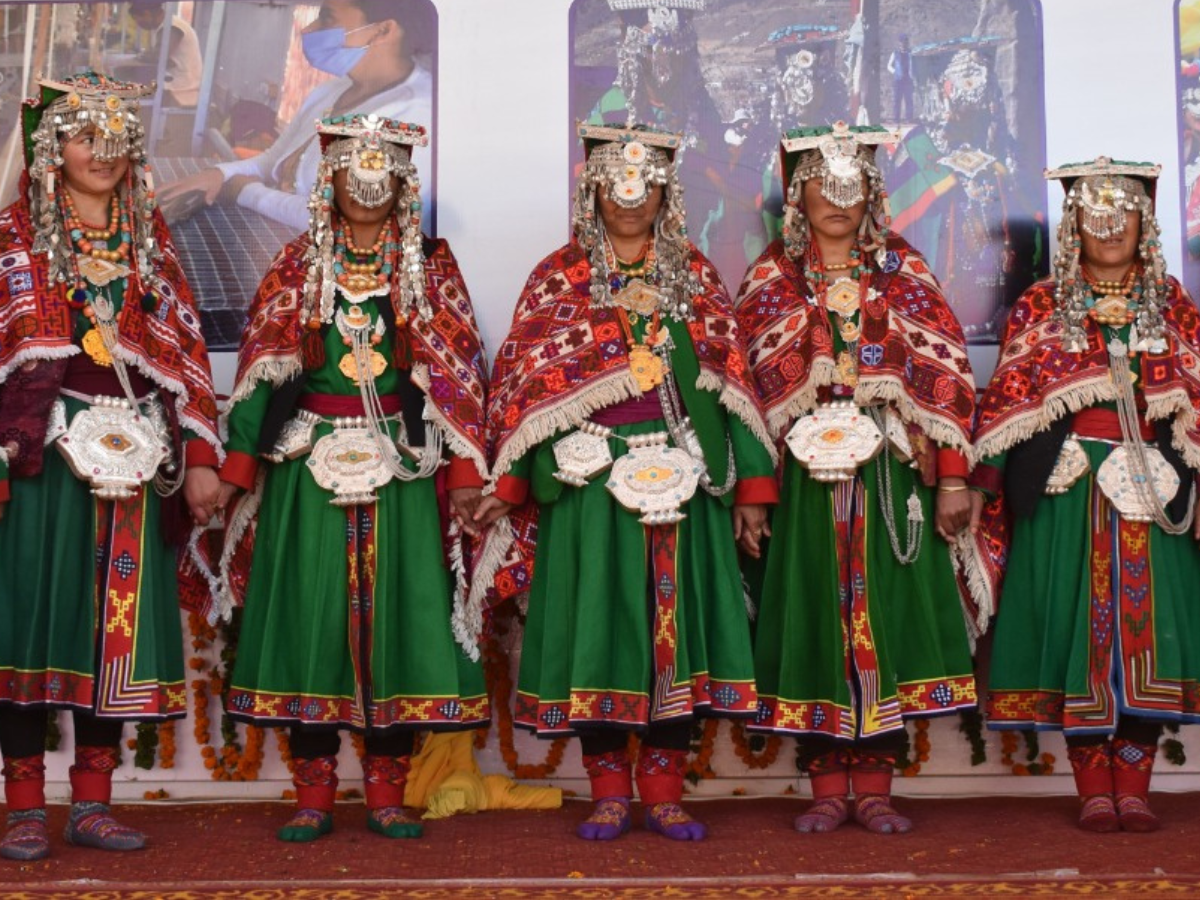
Filter Postion
Left
Filter Background
Off
Theme
Filter Header Image

content
Image
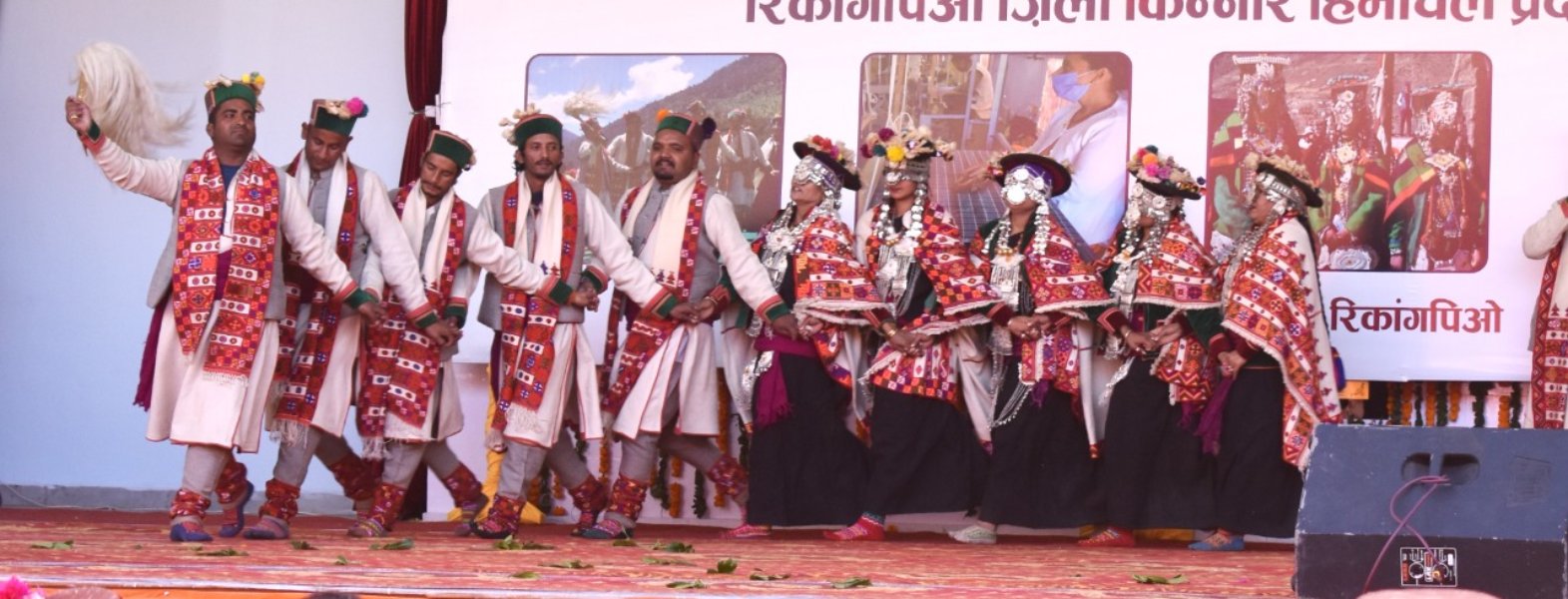
description
Kayang is the most famous and culturally significant folk dance of Kinnaur district, Himachal Pradesh. Performed primarily during the new year celebrations and harvest festivals, this dance is a concrete manifestation of the happiness, harmony, and intimate relationship the people have with nature. It is slow and elegant, holding hands in a garland-like fashion; men and women both engage in this activity. It is characterized by symbolic rituals showing farming cycles and is presided over by a headman known as the 'Dure.' Therefore, it is a vibrant ceremony at the local level.
Image Mode
landscape
Image
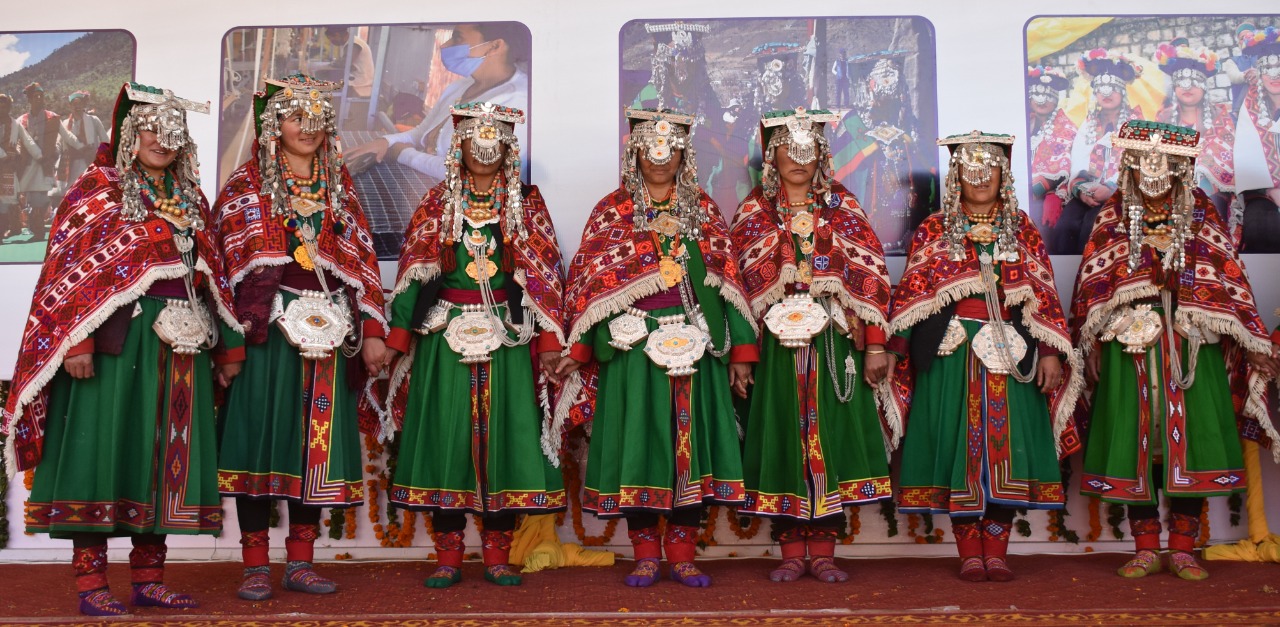
description
More than a tribal dance, Kayang embodies everything that is Kinnauri, that is, bonding within community, celebratory exuberance, and naturalistic respect. "Kayang" or "Kayang Mala" is stated to have originated from the dancers grasping one another's hands in a fashion akin to flowers tied together in a garland. The dance brings the whole village together in a shared expression of happiness during important festivals like New Year, Diwali, and Dussehra, thus adorning cultural practices and annual cycles like harvest.
Image Mode
landscape
Image
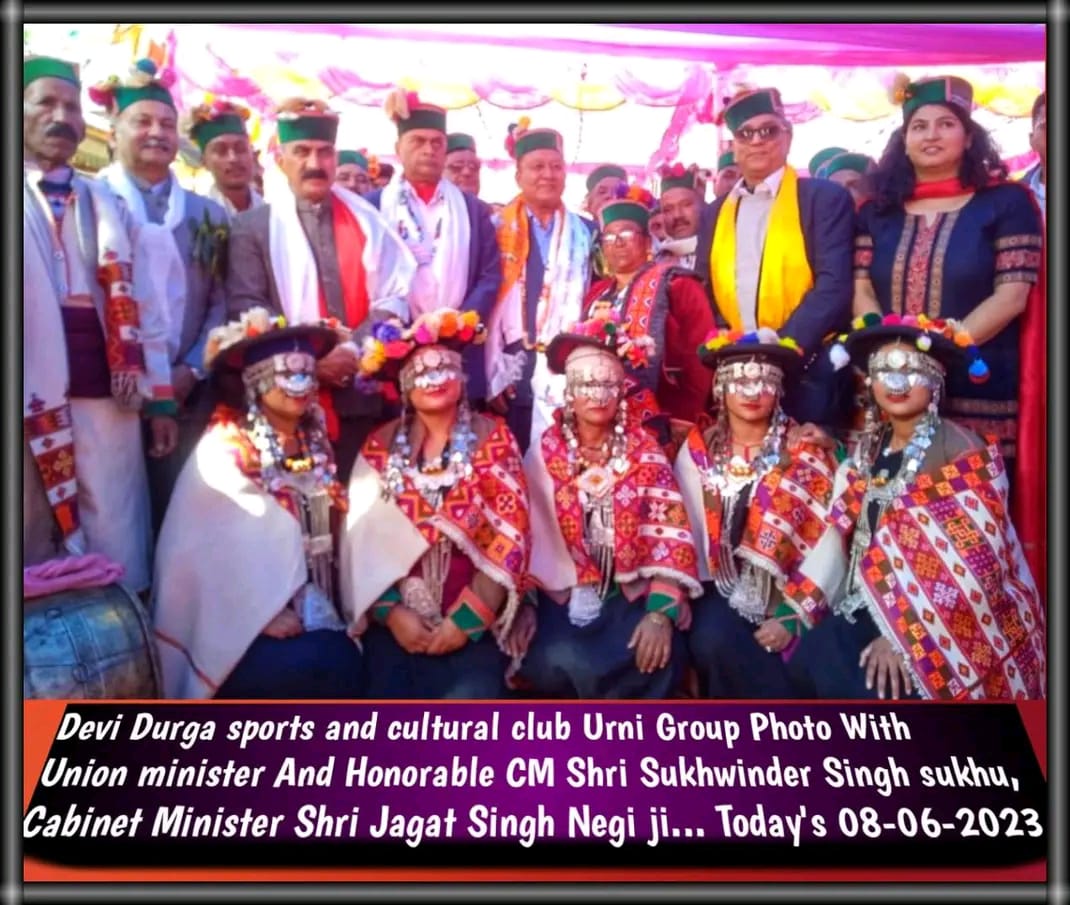
description
The Kayang dance is usually performed by groups of 10 or more, either in an almost semicircle or full circle formation. It is an alternation of men and women, holding each other's hands, and swaying to the rhythm to live music. The 'Dure,' or leader, guides the rest through the movements with a silver-handled whisk made of yak hair, as they perform the dance steps. Different melody changes will signify an alternate movement. The pace is always slow and graceful, making it very appealing visually and emotionally. It is the dance of sowing, reaping, and other activities in rural environments.
Image Mode
landscape
Image
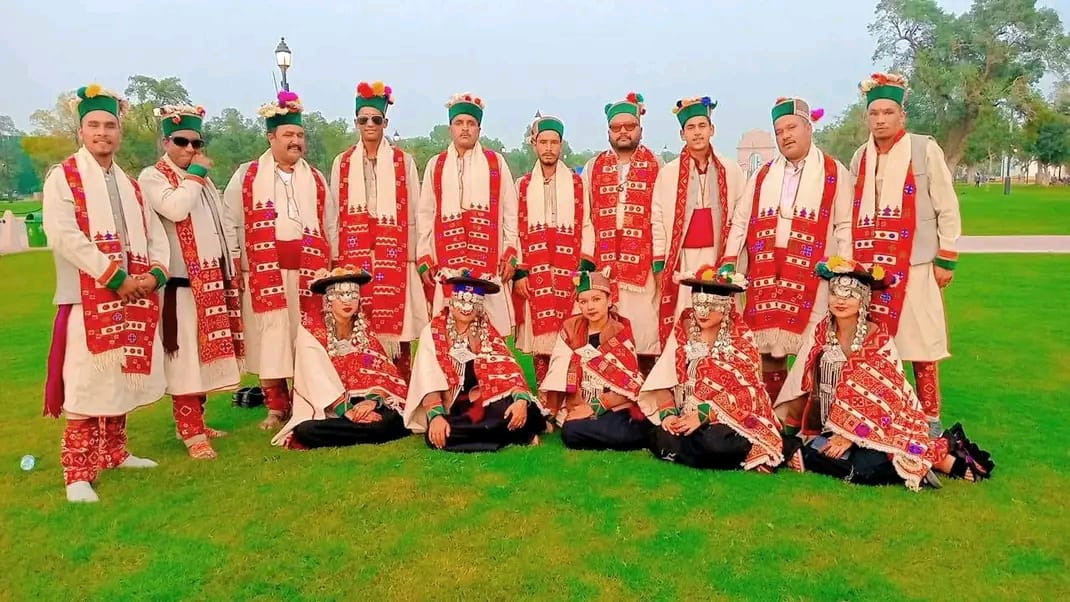
description
The Kayang dance costume depicts the rich Kinnauri cultural heritage. The men wear long woolen coats called chhuba, churidar pajamas, and woolen caps like thepang. The women wear woolen saris known as dohrus, bright cholis, shawls, and woolen caps called Bushhari. The jewellery is elaborate, with tunol, chandarhar, tramol, balu, and mulu being the important ornaments symbolizing the regional identity. The mixture of woolen textures and colorful adornments give a grand appearance to the performance.
Image Mode
landscape
Image
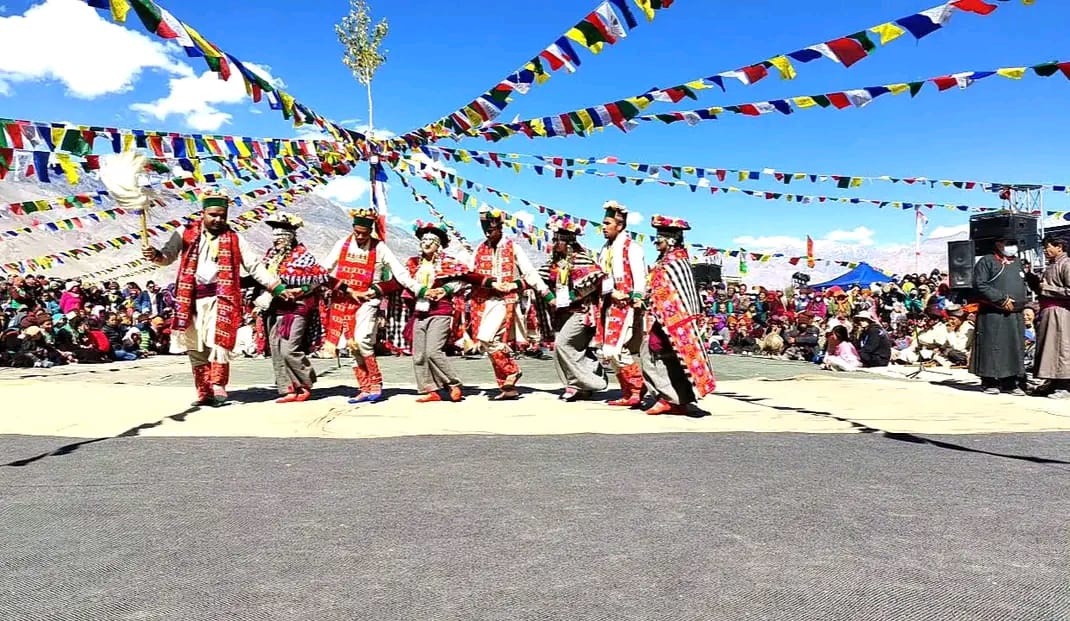
description
The Kayang dance is adornment with a traditional orchestration in Kinnauri having devices such as Nagara (instrument), Raunshing (horn), Dhol, and Shanal (wooden pipe) besides with baggial (cymbals). Generally, the most popular song is sung by a woman while dancing. Instrumentalists are usually found in the middle surrounded by dancers. The modifications from one tune to the next make their rhythm and also the melody go on changing, directing the dancer's steps. As much as that landscape sound, today the valley where these instruments are base, it can be evoking the essence of the mountains, flowing rivers, and swaying trees of Himachal.
Image Mode
landscape
promoted
Off
Verified
On
